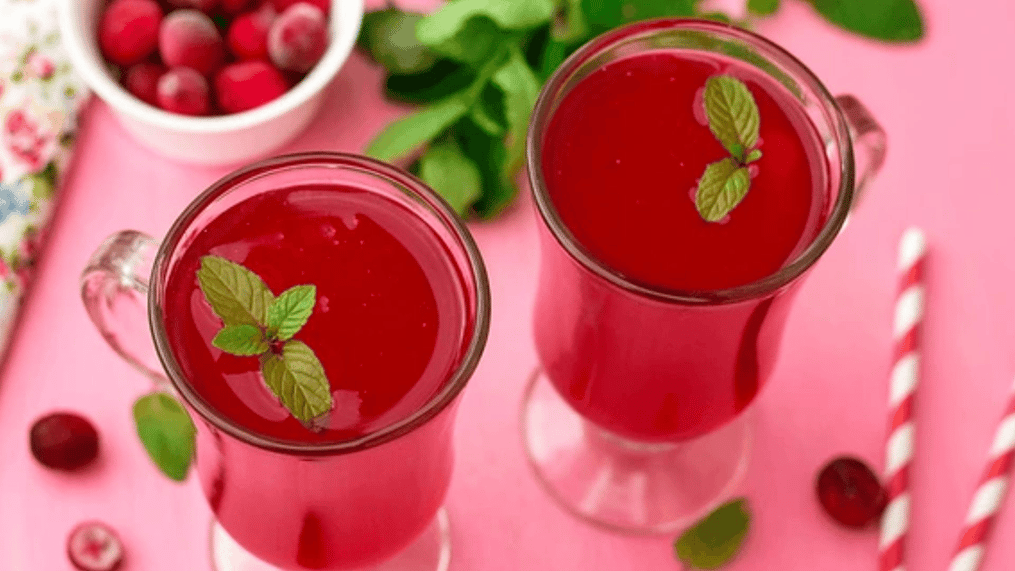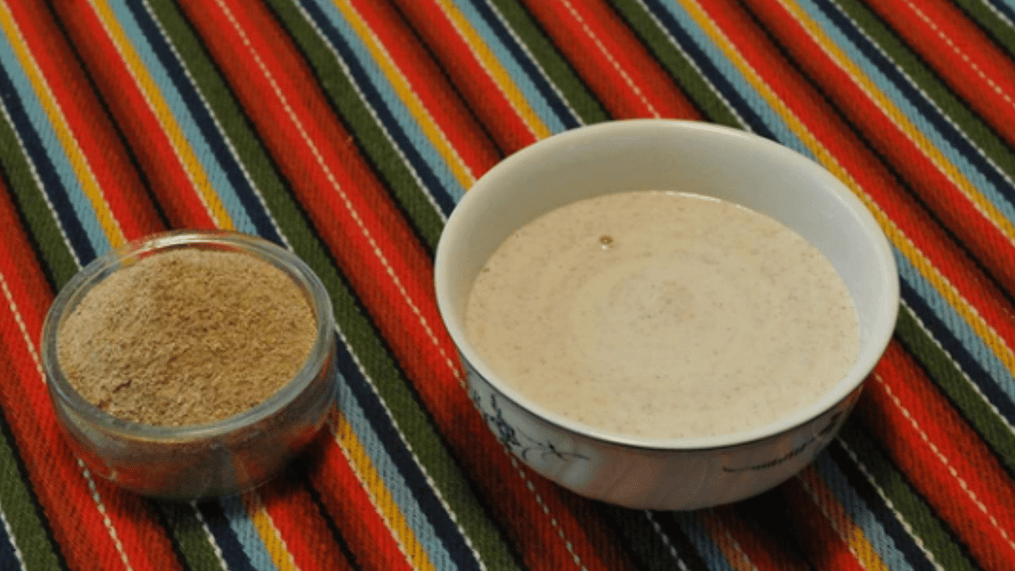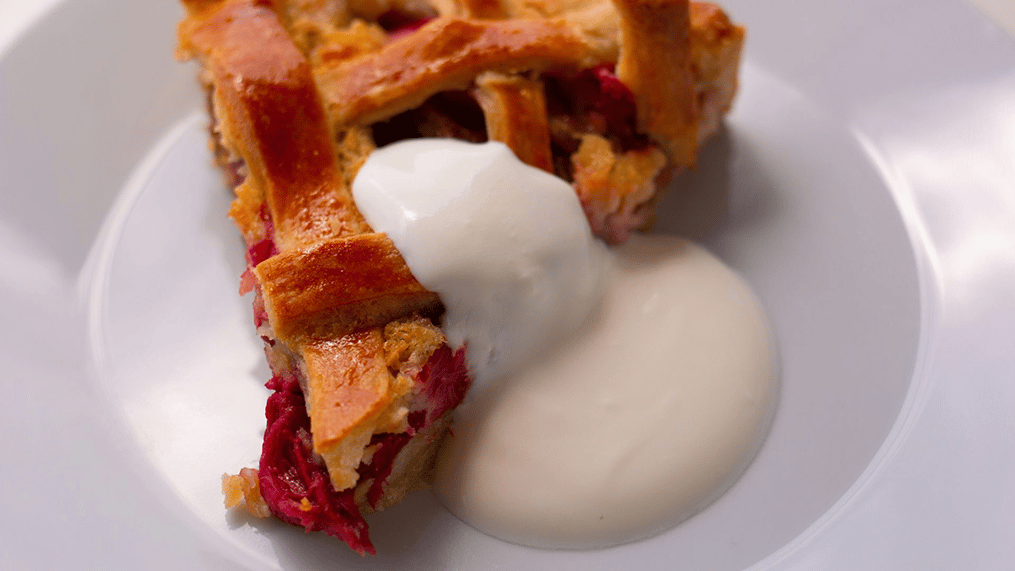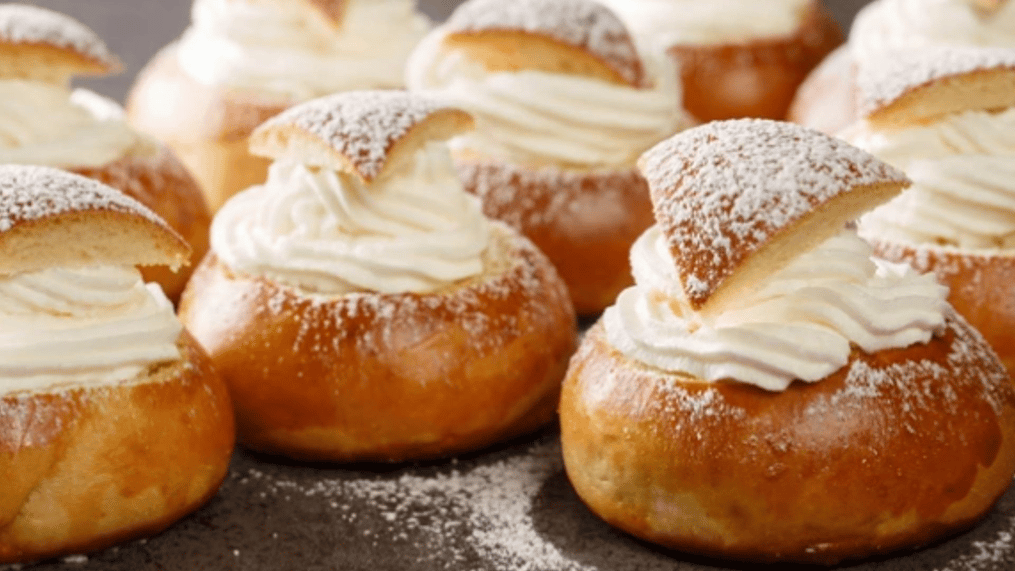Estonians are known for their organic food and wholesome foods which is also reflected in their desserts. Loads of dairy, berries and local produce sweeten their desserts.

When it comes to Estonia you would think they live the ideal world straight out of a fairytale lore of berry picking, milking cows and the white picket fence home. When summer rolls around and autumn starts creeping in, it's prime time for Estonians to harvest fresh berries and fruits. The country also boasts plentiful local dairy products – we're talking rich, creamy milks, butters, and quarks (a kind of curd cheese). From humble family recipes passed down for generations to new-age farm creations, Estonia's sugary specialities are as varied as they are addictive. Without further ado, here are Estonia’s best delish dessert recipes that deserve all the glory.
1. Kisel

A beloved treat that straddles the line between drink and dessert, Kisel or Kissel holds a special place in the culinary traditions of its homeland. With a texture that can range from delightfully drinkable to luxuriously spoonable, this concoction uses the juices of cranberries, cherries, or ruby-red currants with a generous helping of sugar. But what truly sets Kisel apart is the addition of a thickening agent – be it cornstarch, potato starch, or the delicate arrowroot – which transforms the simple berry juice into a silken, viscous delight.
2. Bread Soup
Like bread pudding, custard and pies are comfort dishes in many cultures, for Estonians bread soup holds a similar stature, despite being of Russian origin. At first glance, the combination of stale black bread, plump raisins, and fruit kissel may seem unconventional, but it makes up for its taste. The bread soaks up the sweet, root beer-like essence of the kissel, and the raisins lend their chewy sweetness to this dessert. For countless Estonians, this dessert is an indelible link to cherished childhood memories.
3. Kama

Kama stands as a true emblem of Estonian cuisine and is a unique powdery mixture that emerges from the careful toasting and grinding of various grains, typically peas, barley, rye, and wheat. In its most traditional form, kama blends roasted barley, rye, oats, and peas, occasionally enriched with the addition of kibbled black beans in certain regional varieties. The Estonians love to eat Kama by combining it with kefir and eating it as a breakfast treat. Perhaps the most revered preparation of kama is in the form of a luscious mousse. Here, whipped cream is enriched with sugar and distinctive powder, resulting in a rich, creamy delight that is often crowned with a sprinkling of tart buckthorn or blueberries
4. Rhubarb Pie

Rhubarb Pie is a beloved dessert in Estonian cuisine which features a filling made with rhubarb, a vibrant reddish pink vegetable that is widely grown in Estonian gardens during the spring season. The edible stalks of rhubarb offer a unique, sour flavor that has been a long-standing favorite in Estonian desserts. The traditional Rhubarb Pie is a straightforward combination of flour, eggs, butter, and sour cream, with a generous amount of sugar added to balance the tartness of the rhubarb pieces. While the classic version is popular, some variations also include strawberries to introduce a sweeter taste that contrasts with the plant's natural sourness.
5. Kohuke
Estonia's local Curd Snack, fondly known as Kohuke, is a beloved treat that has captured the hearts of locals and throughout the Baltic States. At its core, this delightful snack features the star ingredient – curd cheese or quark – which is expertly blended with sweeteners like sugar or artificial preservatives to create a delicious filling. This is encased in a coating of chocolate and typically these are the size of small longitudinal chocolate bars. From a young age, these treats have been a beloved indulgence for most Estonians, often snatched up from the shelves of local grocery stores as a sweet snack.
6. Kohupiimakreem
Estonia's love affair with quark continues with the Kohupiimakreem which combines curd cheese, which is blended with sugar, vanilla, and whipped cream to create a thick, pudding-like texture, best savored chilled. For a better version, fresh berries of choice can be added, providing another layer of flavor and a delicious contrast to the creamy base.
7. Vastlakukkel

Known as "vastlakukkel" in Estonian, this sweet delight takes the form of a bun that is sliced in half and generously filled with a layer of rich almond paste, with a mound of freshly whipped cream. This pastry holds a special significance in Estonian culture, as it is traditionally served around February and March during the celebration of "Vastlapäev," where many Estonians partake in the age-old tradition of sledging before returning home to indulge in the delicious vastlakukkel.
More Like This
Popular Articles




Trending Web Stories
Curated Recipes

















